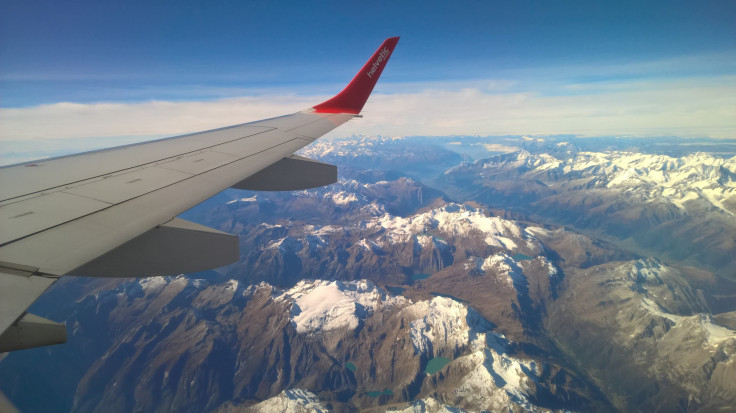What Is The Most Dangerous Airspace For Planes To Fly Through?

This question was originally published on Quora. Answer by Tom Farrier.
There are three distinct types of threats I can think of that might bear on concerns related to where you're flying:
- En route flight conditions (visibility, freezing precipitation, convective activity);
- Intentional (or unavoidable) proximity of other aircraft; and
- Risk of intentional versus accidental harm being inflicted on you.
The first two are in the domain of aviation safety (my primary area of expertise); the third is most properly a matter of aviation security. To some extent those are artificial distinctions (dead being dead,after all); in a number of languages, the same word is used for both safety and security (German sicherheit, Spanish seguridad, etc.).
From where I sit, while the outcomes all are equally unpleasant, the means of prevention are quite different. A pilot's job is to make every flight the least "dangerous" as possible, which requires understanding how to avoid any airspace where any of the above might be a consideration.
First, inclement weather is a threat, period. If you're trained to fly on instruments (without reference to the outside world), you can manage some aspects of it. However, thunderstorms, icing and similar phenomena don't care how well trained you are, so you stay the heck out of it if it's in the forecast or popping up in front of you in real time.
Reduced visibility increases the pucker factor (if you don't know, don't ask), especially when it's accompanied by the clouds coming down, night falling, terrain rising, or all of the above. You can be perfectly "legal" flying in the airspace you're in as long as the visibility stays above minimums and you're clear of the gathering clouds, but if any of these conditions are starting to come into play, it's time to decide if you're going to (a) revise your plans, or (b) hope your life isn't about to become a "don't do this" example to future flying students.
Second, the busier the airspace, the more (potentially) dangerous it can be, especially if the pilot in the middle of it isn't familiar with the rules governing operations within it, the proper use of the radio, and his or her planned operation... in other words, knowing where they're going and being "ahead of the aircraft." Some pilot certificates are only valid for operations in certain classes of airspace for this exact reason. When things are happening fast all around you, experience is just as important as book-learning.
Related to the overall issue of other nearby aircraft is when two pilots decide to deliberately get close to each other -- one leading the other somewhere, taking pictures of each other, etc. A portion of military flight training is devoted to doing this properly and safely; only a handful of purely civilian-trained pilots take the time to learn how to do it right. So, any airspace where you're intentionally close to somebody else is more dangerous than it would be if you're looking around, seeing and avoiding, and simply going about your business by yourself.
Having hit the two scenarios where "safety" is the main issue, let's now consider the question of security -- not being a target. Under international law, where there's a possible threat of an innocent transiting aircraft being attacked, fair warning is supposed to be issued and the area of the threat specifically identified. Any country, paramilitary force or idiot with a black market missile who fails to do so and pulls a trigger is committing murder, although those inclined to engage in such behavior don't really care that much about niggling little details like that.
The gray area exposed by the fate of Malaysia Airlines Flight 17 seems to lie in the increased lethality of weapons being used in nominally local or "civil" conflicts. People are happily killing each other in places all over the world every day; however, the reach of most ground fire is extremely limited, and safe overflight isn't just possible, it's basically expected as long as a prudent altitude is maintained.
When an airport or its environs might be at risk, again, it's up to all concerned to be aware of the threat and to be made aware of it. For example, that's why incoming and outbound aircraft had to be warned about the artillery attacks that wound up causing damage close to Israel's Ben-Gurion International Airport in Tel Aviv in the summer of 2014.
Bottom line: I have to say that "dangerous" airspace is made so by a lack of awareness regarding whatever adverse conditions exist within it, or by responding inappropriately to known negatives at play. You can't rule out random stupidity or random murder, but the rules are out there for a reason. If followed, bad things generally have a lot harder time happening.












